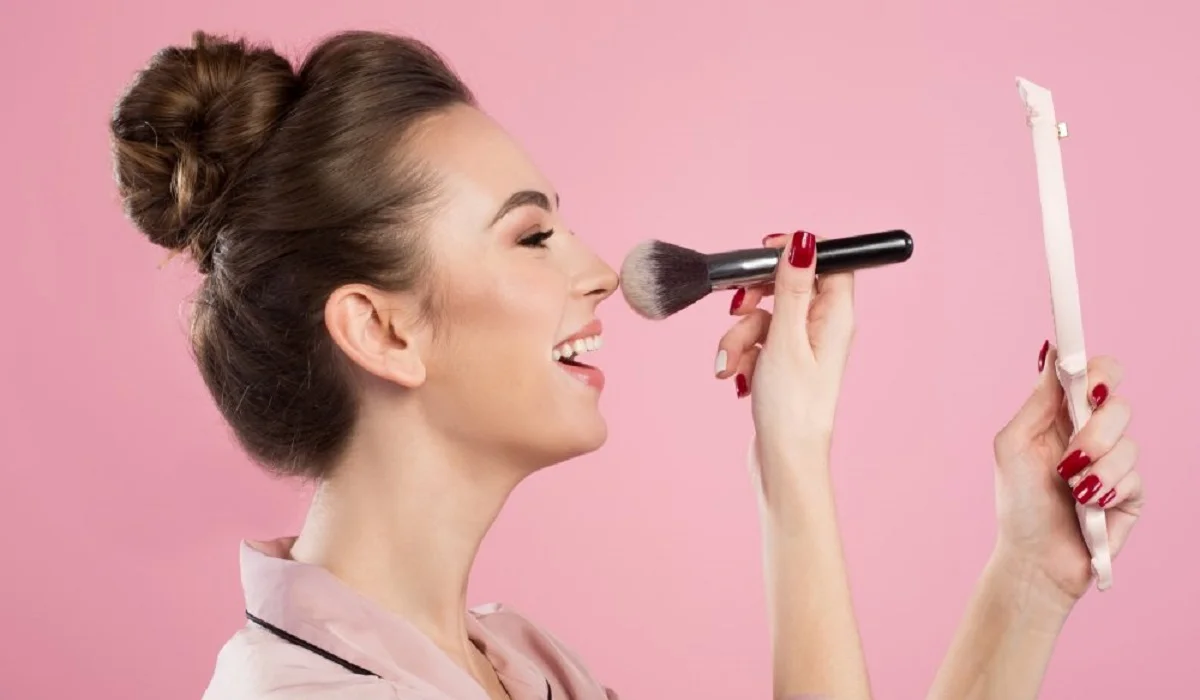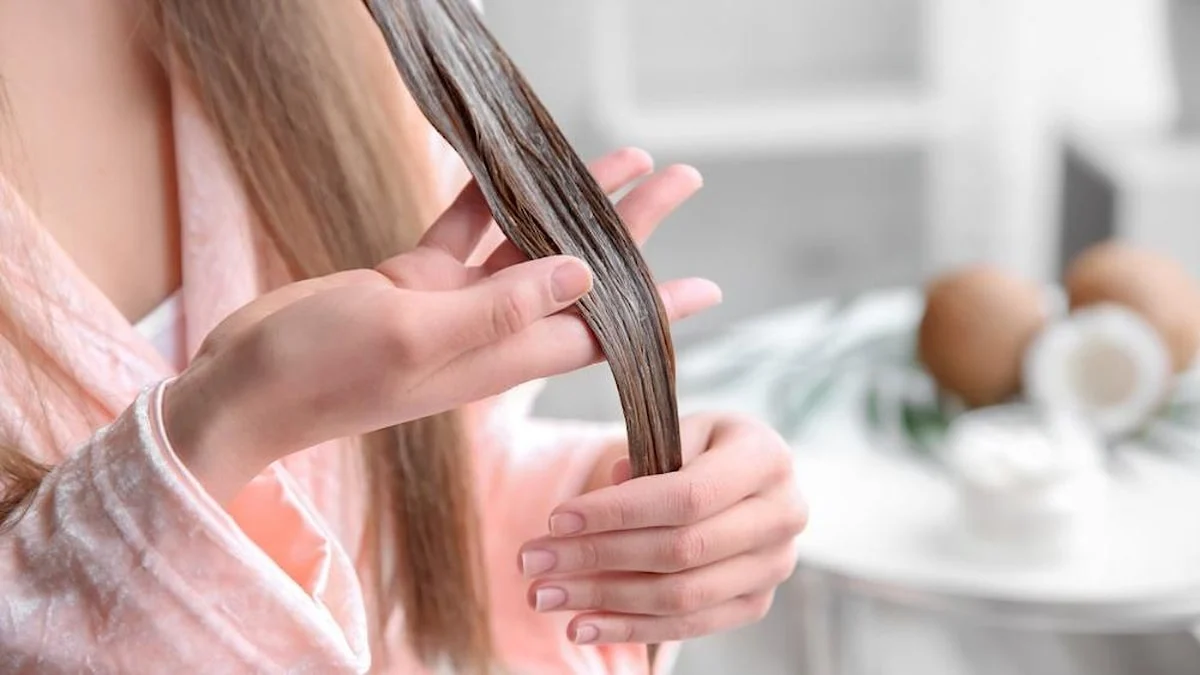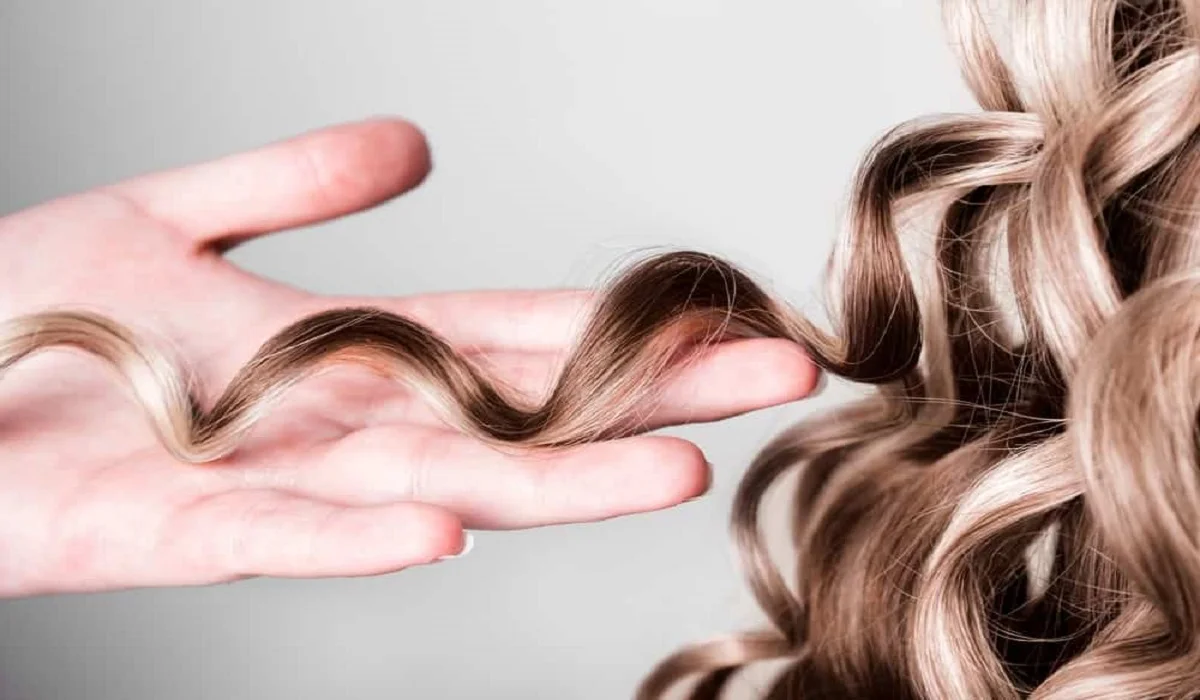Choosing the right hair comb is more significant than most people realize. The correct comb can prevent hair breakage, detangle without pain, and help style your hair precisely the way you desire. This guide delves into the intricacies of hair combs, offering insights to help you select the ideal comb for your hair’s unique needs.

The History of Hair Combs
Hair combs have been a part of human grooming rituals for thousands of years, evolving from simple tools to modern beauty essentials. Their history reflects changes in materials, styles, and grooming practices, highlighting the comb’s role in both utility and fashion.
Types of Hair Combs
- Wide-tooth combs: Ideal for detangling wet hair without causing breakage.
- Fine-tooth combs: Best for fine hair or styling precise parts.
- Rat-tail combs: A must-have for creating clean sections and detailed styling.
- Pick combs: Perfect for volumizing curly and textured hair.
- Styling combs: Featuring a variety of tooth widths for versatile styling.
Material Matters
The material of a hair comb affects its performance and suitability for different hair types.
- Wooden combs: Gentle on hair and scalp, reducing static.
- Plastic combs: Affordable and widely available, but prone to causing static.
- Metal combs: Durable and precise, but can be harsh on sensitive scalps.
- Natural vs synthetic materials: Choosing between sustainability, functionality, and hair health considerations.
Choosing a Comb for Your Hair Type
Selecting a comb based on your hair type ensures effective detangling and styling without damage.
- Thick hair: Requires sturdy, wide-tooth combs for effective detangling.
- Curly or textured hair: Benefits from pick combs and wide-tooth options to reduce frizz and breakage.
- Fine or thin hair: Fine-tooth combs can help style without weighing hair down.
- Long hair: Long, wide-tooth combs minimize tangles and breakage during detangling.

Combs for Different Purposes
Understanding the purpose behind different comb designs can help you achieve your desired hair look.
- Detangling: Wide-tooth combs gently separate knots.
- Styling: Rat-tail and styling combs offer precision.
- Teasing: Fine-tooth combs help create volume at the roots.
- Smoothing: Fine to medium-tooth combs polish and finish styles.
How to Care for Your Hair Comb
Proper maintenance extends the life of your hair comb and protects your hair health.
- Cleaning your combs: Regularly remove hair and wash with gentle soap.
- Storage tips: Keeping combs in a dry, clean place prevents damage and dirt buildup.
The Environmental Impact of Hair Combs
Choosing sustainable comb options and properly recycling can mitigate environmental impact.
- Sustainable options: Biodegradable and eco-friendly materials like bamboo.
- Recycling old combs: How to responsibly dispose of or repurpose combs.
The Ultimate Guide to Choosing the Right Hair Comb
A step-by-step guide to evaluating your hair type, styling needs, and comb options to make an informed decision that enhances your hair’s health and beauty.
Specialty Combs and Their Uses
Exploring niche combs can enhance specific grooming routines.
- Beard combs: Designed for facial hair grooming.
- Lice combs: Fine-toothed combs for removing lice and nits.
Comb Innovations
The latest advancements in comb technology offer new features for convenience and hair health.
- Smart combs: Combs with built-in features for hair analysis and care suggestions.
- Ergonomic designs: Combs made for comfortable, efficient use.
Selecting the right hair comb is crucial for maintaining healthy hair and achieving your desired styles. By considering your hair type, styling needs, and the material and type of comb, you can make a choice that benefits your hair in the long term. Remember, a good comb is an investment in your hair’s health and appearance.
- How often should I replace my hair comb?
- Can the wrong comb damage my hair?








